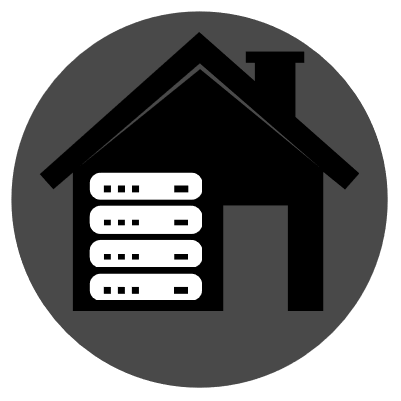

That’s…not really a cogent argument.
Satellites connect to ground using radio/microwave (or even laser), all of which are electromagnetic radiation and travel at the speed of light (in vacuum).
Light in a fiber travels much more slowly than in vacuum — light in fiber travels at around 67% the speed of light in vacuum (depends on the fiber). In contrast, signals through cat7 twisted pair (Ethernet) can be north of 75%, and coaxial cable can be north of 80% (even higher for air dielectric). Note that these are all carrying electromagnetic waves, they’re just a) not in free space and b) generally not optical frequency, so we don’t call them light, but they are still governed by the same equations and limitations.
If you want to get signals from point A to point B fastest (lowest latency), you don’t use fiber, you probably use microwaves: https://arstechnica.com/information-technology/2016/11/private-microwave-networks-financial-hft/
Finally, the reason fiber is so good is complicated, but has to do with the fact that “physics bandwidth” tends to care about fractional bandwidth (“delta frequency divided by frequency”), whereas “information bandwidth” cares about absolute bandwidth (“delta frequency”), all else being equal (looking at you, SNR). Fiber uses optical frequencies, which can be hundreds of THz — so a tiny fractional bandwidth is a huge absolute bandwidth.




Yep, you’re right — I was just responding to parent’s comment about fiber being best because nothing is faster than light :)